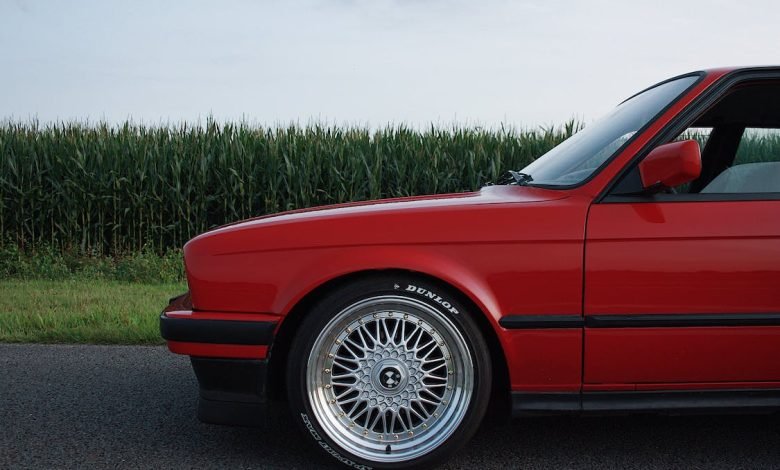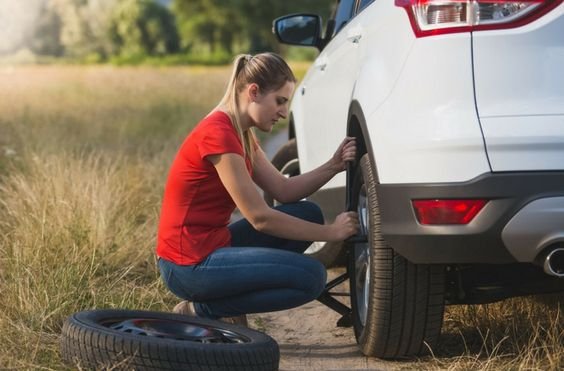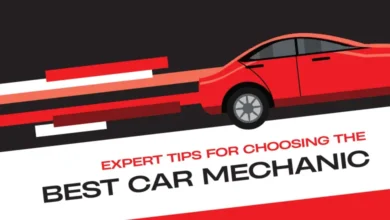What to consider while purchasing new automobile tyres

Used car tyres lose some of its treads, which makes it harder for you to grip the road. As they begin to deteriorate too much, you will need to replace them.
Learn how long a typical tyre lasts and what factors to consider when purchasing new automobile tyres.
How long are automobile tyres good for?
The way a tyre is actually driven and stored affects how long it lasts. A front-wheel-drive car’s front tyres should last at least 20,000 miles under regular operating conditions.
With the rear tyres, it may be double that, or around 40,000 miles. As the front tyres wear out, we advise switching worn rear tyres to the front.
How does tyre life depend on age?
If you don’t drive your car regularly, the automobile tyres may need replacIng because they are becoming outdated rather than worn out:
- Tyres deteriorate over time as a result of exposure to heat, wetness, and ultraviolet (UV) radiation from the sun.
- When tyres you leave outside, environmental degradation can cause them to break.
- The exposure and the intensity of the weather have an impact on the extent of damage.
- They’ll survive longer if you keep them indoors, shielded from the sun and elements, in a garage.
How does tyre lifetime change with wear?
Your tyres’ tread will start to deteriorate as you drive. How quickly tyres wear out depends on a few different things.
- Vehicle weight: Heavy automobiles wear their tyres more quickly, and towing extra weight around may hasten tyre wear.
- Excessive braking and cornering increase wear in a vehicle.
- Position: A front-wheel-drive vehicle’s driven wheels degrade more quickly than a rear-wheel-drive vehicle’s driven wheels.
- Speed: Driving at a high pace makes you hotter and more worn out.
- Tyres that are under or over-inflated will deteriorate more quickly.
- Wheel alignment – If the wheel alignment is off, the tyres will wear out rapidly and unevenly.
When should your car’s tyres get changed?
When the tread depth drops below 3mm but before it drops below 2mm, try to change your car’s tyres.
Due to aging, tyres typically don’t survive long enough to need replacement. Generally, the tread of the tyres degrades more quickly. Services for older tyres include:
- Inspect the sidewalls of tyres that are four or five years old for cracking if your car get parked outside.
- If the cracking is significant, replace them.
- If you need more clarification, any auto tyre professional can provide you with assistance.
Fundamental legal requirements
Recall that your tyres must always adhere to the following fundamental legal requirements:
- Be able to get along with everyone in the automobile.
- Generally speaking, be in decent physical shape.
- the appropriate pressure should be correctly inflated.
- Have enough tread, with a minimum depth of 1.6mm in the middle 34 of the tread, running continuously around the tyre.
- Your tyres’ tread depth will determine how well you can grip the road and how quickly you can stop.
Tips for buying new tyres
Several diverse, and even contradictory, standards must get satisfied by tyres. This implies that there are a few factors to take into account when deciding what kind of new tyres to purchase.
- Long-lasting tyres are mainly built of tougher compositions, although they could be noisier.
- The Tread pattern walk can also impact noise.
- The ride will be quieter with softer compound tyres, but they will wear out more rapidly.
- Original equipment (first-fit) tyres frequently outlive replacements.
Buying tyres with some wear
Partially worn tyres are not something we’d advise buying. You are unaware of the tyres’ past, including how they were actually handled or kept. You might not even be aware of their age.

Original car tyres
People frequently ask us if it’s crucial to keep the original tyres that arrived on your automobile when it was new.
It’s not required by law to use the same tyres consistently. Yet, throughout the creation of a new car model, tyre and car makers collaborate closely to determine the size and tread pattern that are most appropriate for the vehicle.
They’ll think about the vehicle’s appearance and factors like handling and loudness. Changes in brand or pattern may impact handling or result in increased loudness.
New tyres to the front or back?
For advice, first, see your user manual. The best or most recent tyres should be on the back if it makes no particular recommendations. Whether your automobile has front- or rear-wheel drive, that is a good guideline to follow.
When grip gets restricted, such as in extremely icy or wet weather, placing your finest tyres on the back will favour “understeer” rather than “oversteer.”
Understeer: When you’re rotating the wheel but the car is still moving straight ahead.
Oversteer: When the back end of the automobile loses control, the car is liable to spin.
Deeper tread grooved tyres are also less prone to puncture. Thus you’ll be less likely to acquire a punctured back tyre if you place your fresh tyre on the back and worn ones on the front. An automobile with a damaged front tyre is simpler to handle than one with a damaged back tyre.
New vehicles and spare wheels
Never assume that any new vehicle you purchase comes with a full-sized spare tyre in the trunk. Nowadays, many vehicles only come with an emergency tyre sealant kit or a “thin” spare. A full-size spare may not really fit in the available space.




